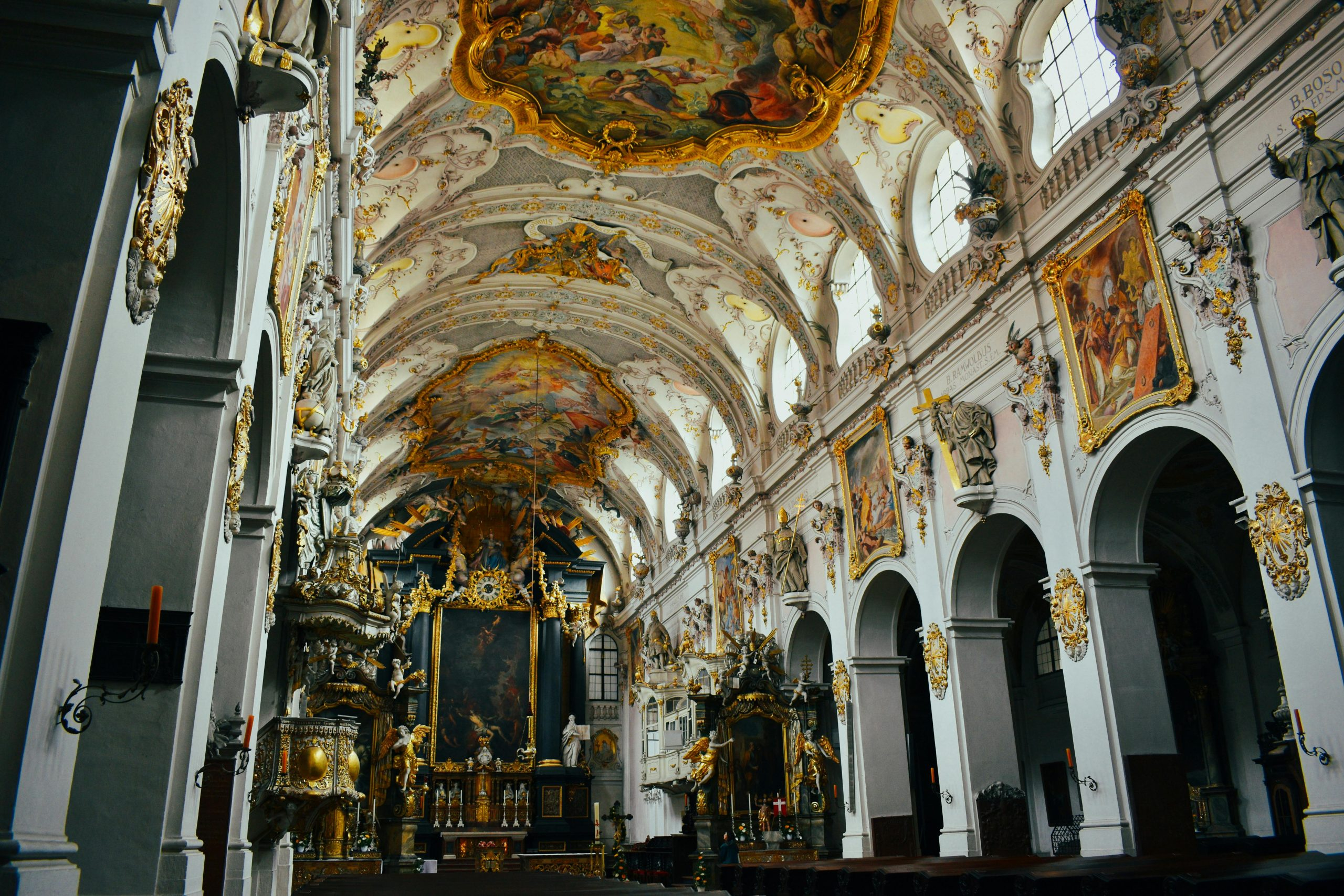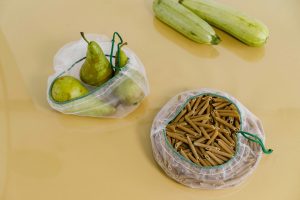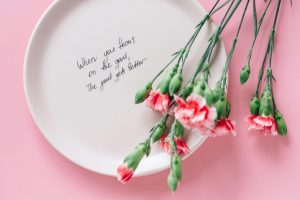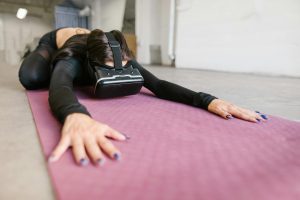Mastering the Art of Vintage and Secondhand Finds
As modern fashion continues to evolve at a rapid pace, there is a growing demand for unique and sustainable style options. This has led to a renewed interest in vintage and secondhand finds, as they offer a one-of-a-kind appeal while also being eco-friendly. However, mastering the art of vintage and secondhand finds is not as simple as just rummaging through racks at your local thrift store. It requires a keen eye, knowledge of quality and brands, and a bit of patience. In this article, we will delve into the world of vintage and secondhand fashion, and provide tips for becoming a pro at finding the perfect pieces.
Understanding Vintage and Secondhand Fashion
Vintage fashion refers to clothing, accessories, and other items that are at least 20 years old. These pieces carry a certain nostalgia and charm that cannot be replicated by modern trends. On the other hand, secondhand fashion includes previously owned items that can range from recent to vintage. This can include everything from fast fashion pieces to luxury designer items. Both vintage and secondhand fashion offer a unique opportunity to create a one-of-a-kind wardrobe while being mindful of the environmental impact of the fashion industry.
The Benefits of Shopping Vintage and Secondhand
One of the main advantages of shopping vintage and secondhand is the cost savings. Vintage pieces are often sold at a fraction of their original price, and secondhand items can also be found at significantly lower prices compared to buying brand new. This is especially beneficial for those looking to acquire designer items without breaking the bank.
Additionally, shopping for vintage and secondhand items ensures that you are not contributing to the harmful effects of fast fashion on the environment. By giving pre-loved items a new home, you are reducing the demand for new products, which in turn leads to a decrease in the production of new clothing and accessories.
Tips for Mastering the Art of Vintage and Secondhand Finds
Do Your Research
Before diving into vintage and secondhand shopping, it is important to do some research. Familiarize yourself with different brands and their quality standards, as well as popular vintage and secondhand shopping destinations in your area. This will help you make informed decisions and avoid being scammed.
Inspect Items Carefully
When shopping for vintage and secondhand items, it is important to carefully assess their condition. Look out for any signs of wear or damage, such as holes, stains, or missing buttons. While minor flaws can often be repaired, it is best to avoid items that are beyond repair to ensure that you are making a worthwhile purchase.
Try Everything On
Size standards have changed over the years, so it is essential to try on items before purchasing them. Vintage and secondhand clothing may have been altered or shrunk over time, so it is important to make sure that the items fit you comfortably and are not too tight or too loose.
Be Open-Minded
Shopping for vintage and secondhand items requires a bit of patience and an open mind. You are bound to come across unique pieces that may not be your style, but with a little creativity, they can be transformed into something that reflects your personal taste. Don’t be afraid to experiment and think outside the box.
Take Your Time
Vintage and secondhand shopping is not a quick process. It requires time and effort to sift through racks and find hidden gems. Make sure to set aside enough time for your shopping trips to avoid feeling rushed and potentially missing out on amazing finds.
Conclusion
Mastering the art of vintage and secondhand finds takes practice, but it can be a rewarding and enjoyable experience. With these tips in mind, you can elevate your fashion game while also making a positive impact on the environment. Remember to be patient, have fun, and always keep an open mind when shopping for vintage and secondhand treasures.










